Age-old marketing wisdom has always emphasized devoting the lion’s share of outreach to nurturing existing customers—it’s a more sure-fire investment in business continuity, and it’s much cheaper. But new research from customer-led marketing platform Optimove reveals a trending reversal of that truism as, for the second straight year, B2C marketers are allocating more of their budget for acquisition marketing vs. retention marketing, even despite consumer spending uncertainty as well as the fact that new customer acquisition can cost five times more than retaining an existing one.
In addition to other interesting findings, the firm’s new 2023 Survey of B2C Marketers report, based on a survey of 221 B2C marketing executives, reveals that 54 percent of respondents have allocated more than half their marketing budget to new customer acquisition, compared to a mere 13 percent who allocated more than half their budget to customer retention. The remaining 33 percent split the acquisition/retention budget equally.
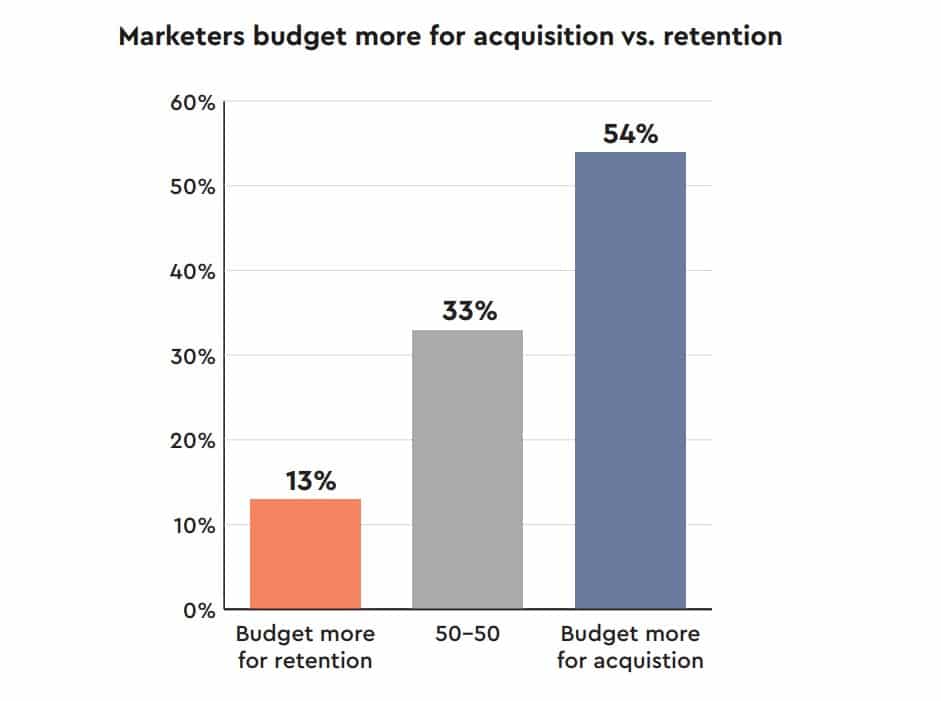
The new results show little to no change from the results of the firm’s 2022 marketers survey, where 52 percent allocated more than half to customer acquisition, 15 percent allocated more than half to customer retention, and 33 percent said they split the budget equally.
The results are reported as consumer spending remains flat and unpredictable
According to the April 10th Beige Book Report issued by the U.S. Federal Reserve, “Consumer spending was generally seen as flat to down slightly amid continued reports of moderate price growth.” Plus, trend results of three recent Optimove surveys show that consumers’ planned shopping budgets are unpredictable: In August 2022, nineteen percent (19 percent) of consumers planned on spending more, February 14 percent, and 22 percent in March 2023.
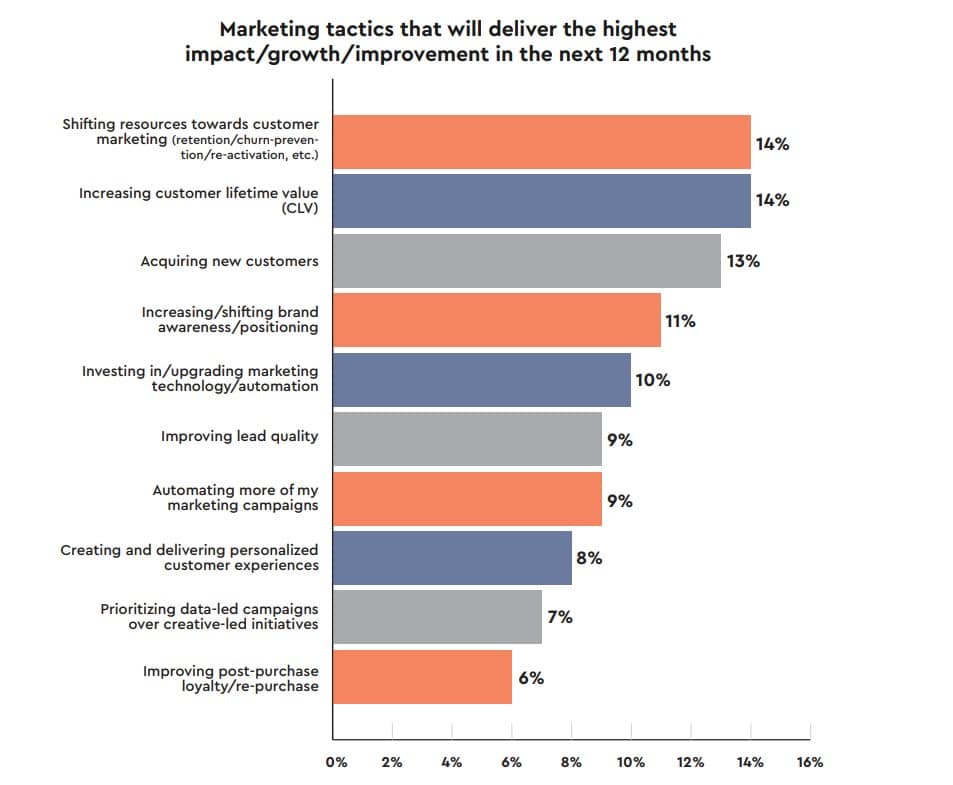
While respondents continue to allocate more to acquisition than retention, they nevertheless still say marketing tactics that deliver the best return on investment are 1) retention/churn prevention, and 2) increasing customer lifetime value (CLV), and the greatest percent of respondents (28 percent) noted that shifting marketing resources towards retention, customer-led marketing, and increasing CLV will deliver the highest impact and growth to their companies—compared to only 13 percent who felt that acquiring new customers would have the most business impact.
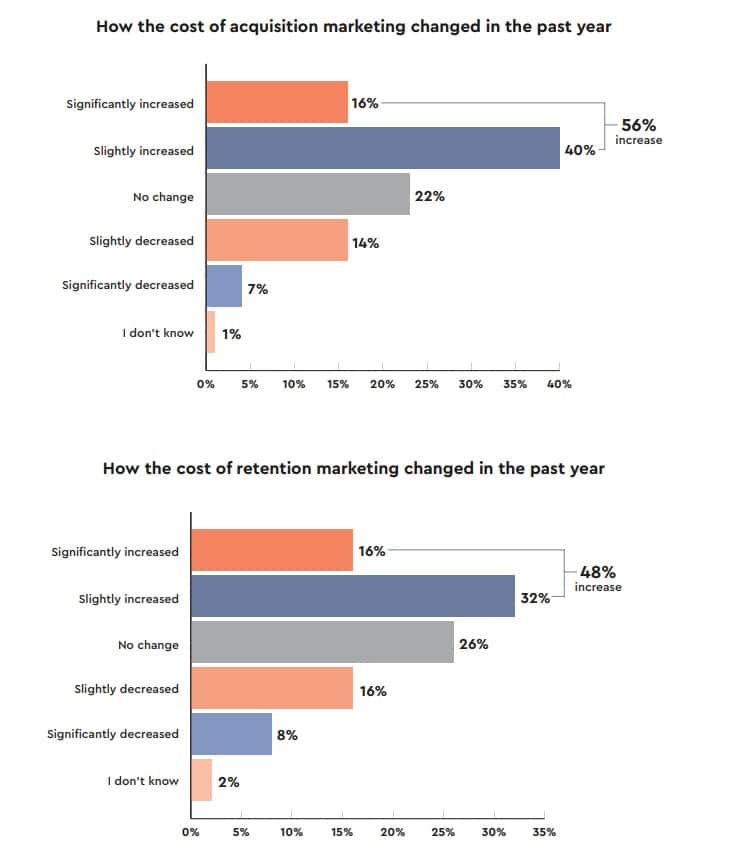
“This survey reveals that marketers know that retention marketing delivers a better ROI than acquisition marketing. But, there are issues that could hold marketers back from shifting more budget to customer-led retention marketing,” said Pini Yakuel, CEO of Optimove, in a news release. “Many have some difficulty adapting new technologies that drive deeper connections and personalization to their consumers. Of note is that many marketers still need a crucial core ingredient to highly effective retention marketing: optimizing first- and zero-party data to create highly personalized experiences for customers.”
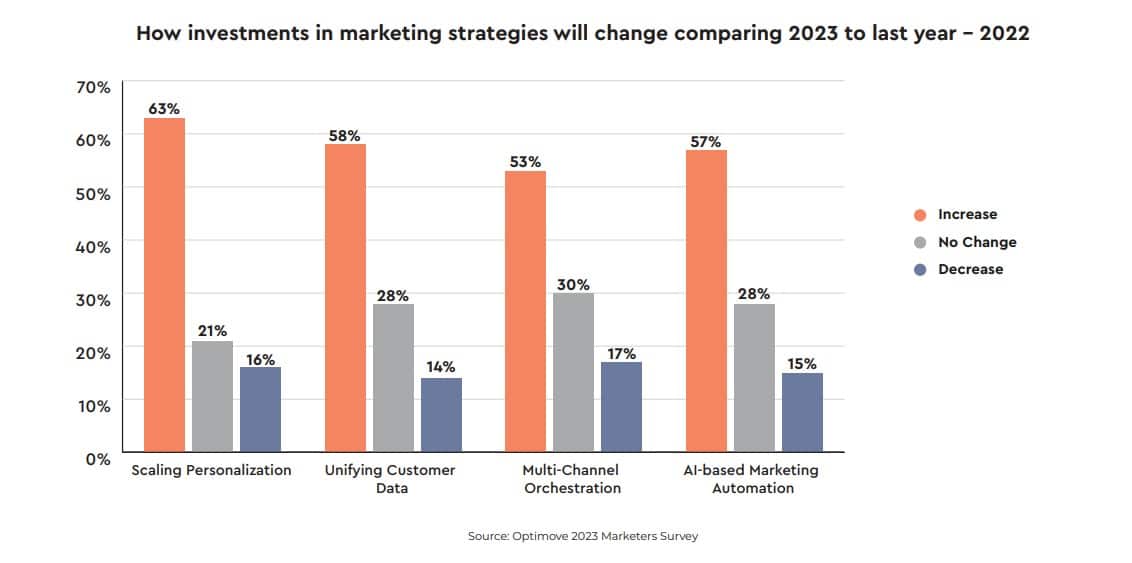
The results also show that almost half of marketers (49 percent) do not have a strategy for collecting zero-party data, while 42 percent do not have a strategy for first-party data.
“For marketers, making a sharp pivot from acquisition to retention marketing starts with deep, real-time analytics of first- and zero-party customer data,” Yakuel added. “It is executed with real-time, personal communication with each customer. It is critical to rely on marketing to a known customer in the face of consumer spending uncertainty.”
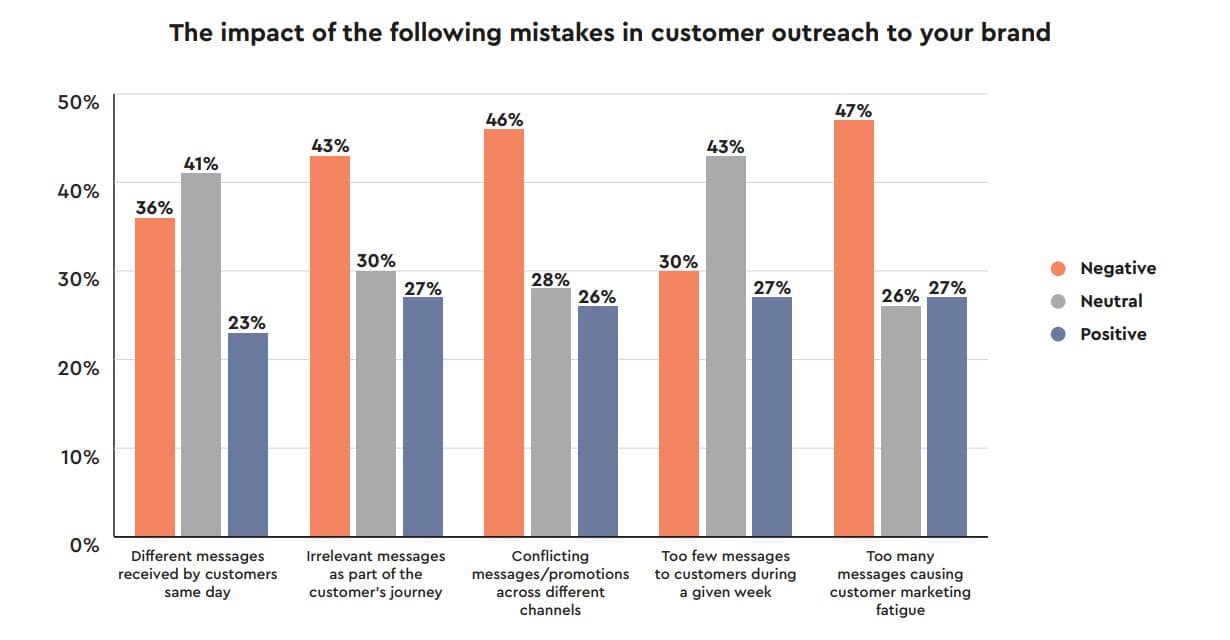
The Optimove 2023 Survey of Business to Consumer Marketers queried 221 senior level marketing executives in the second quarter of 2022. The survey was designed by Optimove and fielded by Survey Monkey. Respondents included executives at companies with the following retail models: digital-first multi-brand, wholesale manufacturers, traditional multi-brands, digital-first direct to consumer, and traditional direct to consumer retailers with brick-and mortar outlets. Respondents included CEOs, CMOs and SVPs of marketing.








